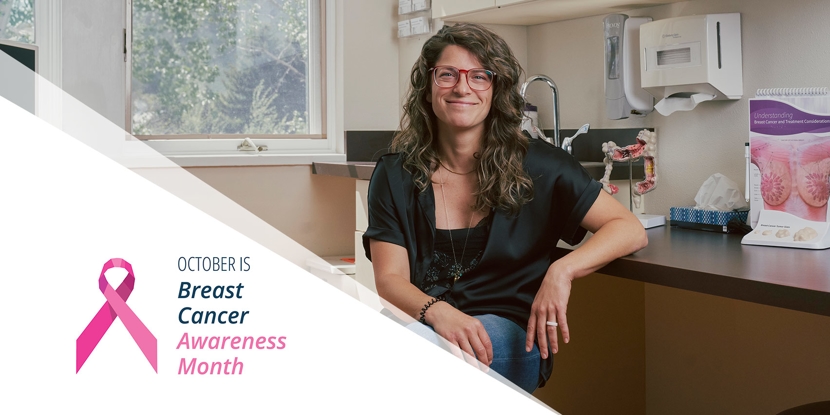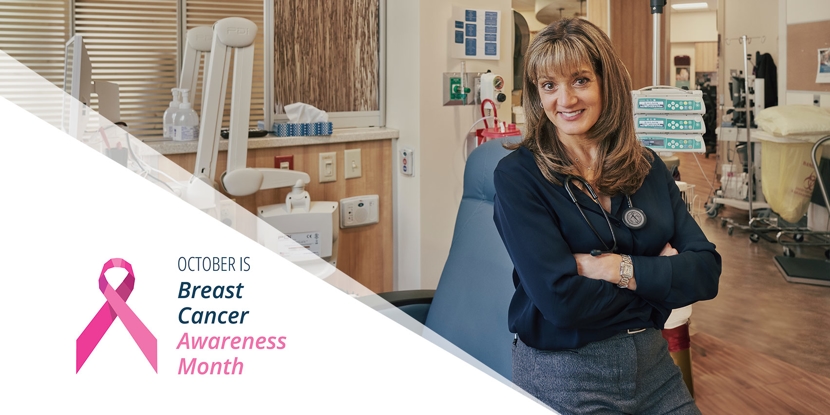Understanding Cholesterol: LDL vs. HDL
- Posted On:
- Written By: St. John's Health

High-Density Lipoproteins (HDL) Vs. Low-Density Lipoproteins (LDL)
Cholesterol is a waxy substance that your body needs to create cells, make essential vitamins, and produce hormones. Because it circulates in your blood, it is important that you monitor your cholesterol levels. When there are higher volumes of cholesterol present in your blood, you are at a higher risk for cardiovascular diseases.
Your liver actually makes all the cholesterol that your body needs to function correctly. However, you also get cholesterol through the foods you eat. When it comes to building a healthy diet, it is important to understand the role that each type of cholesterol plays.
Low-Density Lipoproteins (LDL) Cholesterol
Low-Density Lipoproteins (LDL) Cholesterol is commonly referred to as the “bad” cholesterol. This is because LDL contributes to plaque buildup in your arteries. .These fatty deposits can lead to heart issues like heart attack, peripheral artery disease (PAD), and stroke.
It is recommended to limit the following foods to control your LDL cholesterol levels:
- Foods containing trans fats
- Processed foods
- Fast food
- Fried foods
- Fatty cuts of beef
- Full-fat dairy products
Along with cutting back on the aforementioned foods, the AHA recommends limiting your intake of saturated fat, red and processed meats, sodium, and sugar-sweetened foods and beverages.
High-Density Lipoproteins (HDL) Cholesterol
High-Density Lipoproteins (HDL) Cholesterol, on the other hand, is often referred to as the “good” cholesterol. This is because LDL actually helps to carry LDL away from the arteries and back to the liver, where it can be broken down and removed from the body. In fact, HDL can help to remove up to a quarter of the LDL present in your blood.
Foods that increase your HDL levels include:
- Olive oil
- Whole grains like oatmeal and wild rice
- High fiber fruits like apples and prunes
- Fatty fish like salmon and mackerel
- Nuts like almonds and pistachios
- Dark leafy greens like kale and spinach
- Berries like blueberries and raspberries
- Seeds like chia and flax seeds
- Avocados
- Green tea
Cardiology Services in Jackson, Wilson, and Teton County
From echocardiograms to cardiac rehabilitation, St. John’s Cardiology provides full-time local care for patients in Jackson and the surrounding areas. Our team works with your primary care provider to treat and manage your heart condition.
Visit our website to learn more about cardiology services, today!



